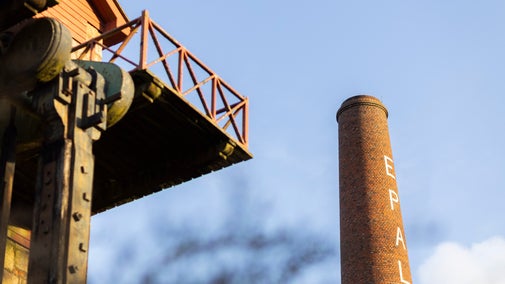1748
1748
Levant Mine first appeared on Martyn’s Map, as an amalgamation of three other early mines: Zawn Brinney, Boscregan and Wheal Unity. The location is remote but deposits of tin and copper were rich.
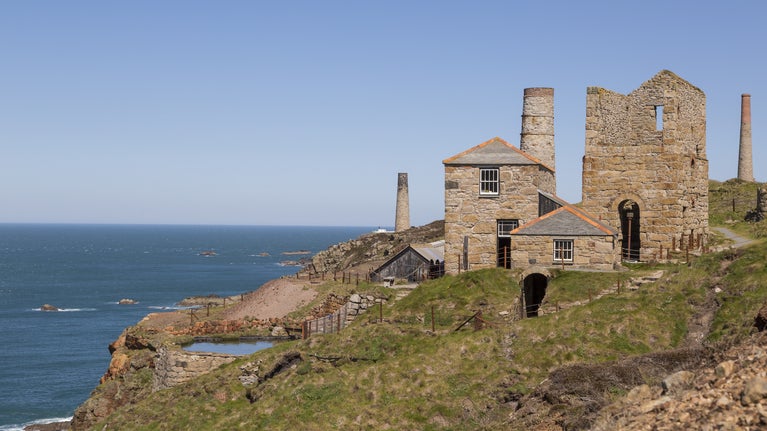
The story of the Industrial Revolution runs right through Levant, Cornwall: locally, as part of the Cornish mining industry; nationally, as a place of steam-powered engineering; and internationally, as a source of skilled labourers who took their technologies and expertise to mines across the world. Levant is also a place of great natural beauty and respectful remembrance, where the memory of those who tragically lost their lives is honoured.
The first record of mining copper at Levant dates from April 1787, when William Veale, of St Just, noted in his diary that he was an adventurer (investor) in ‘the Levant’ mine. It was a profitable venture, selling 93 tons of copper ore in 1790–91.
Levant went into steady production in 1820, when the Levant Mining Company was founded with £400. 20 investors bought 80 shares. The majority shareholders were John Batten II (c.1805–1875), known as ‘The King of St Just’, owner of Trereife tin smelting house, a banker and merchant who took on the role of mine purser, and Lewis Charles Daubuz of Truro (c.1754–1839), the owner of the most important tin smelting house in Cornwall at the time. Before long, they struck a rich, dry, lode (vein in the rock) of good quality copper ore. Levant became a great success, making £4,630 profit in two months. By 1836, 320 men, 44 women and 186 children were working at Levant.
Mining tin became the main activity in the 19th century. New machinery was installed including a man-engine (to move miners up and down the shaft), stamps engine (for crushing the ore) and large new tin dressing floor to process the ore being extracted.
The 24-inch (about 70 cm) whim (beam engine), designed by Cornish engineer Francis Mitchell and built by Harvey’s of Hayle was installed in 1840 and still runs on steam in its original position today – the only engine in the world to do so.
Levant's shafts were too crooked for cages or skips to transport miners. In 1857, a man-engine was installed in Daubuz Shaft, extending down to the 170 fathom (310 metre) level. Man engines were made up of moving ladders and stationary platforms that got miners down to the deep levels and back up efficiently. Before the man engine, miners spent a third of their shift climbing ladders on top of working in hot, poorly ventilated spaces.
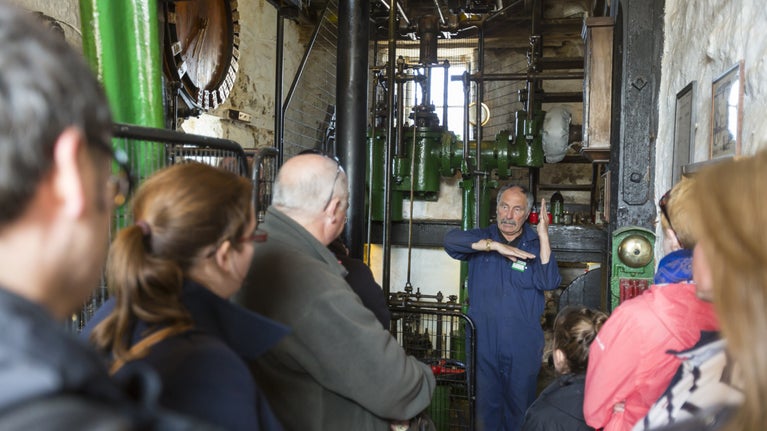
In the decades that followed, investment at Levant dwindled because a dispute broke out between the mine leaseholders and the mineral lords (wealthy Cornish landowners who leased out their mineral rights). Local miners emigrated to work in copper mines expanding all over the world. Known as ‘Cousin Jacks’, their specialist skill in deep rock mining was in great demand and the pay was better than at home in Cornwall.
A new lease was let in 1870, and Levant was taken up by a new group of adventurers including the Bolitho family. They found the mine’s machinery to be in a poor state, having received no real maintenance during the dispute. They invested above and below ground to work the more profitable, deeper parts of Levant.
At surface, the dressing floors were extensively remodelled. A traction engine was purchased to haul materials and furnaces called calciners were built to extract arsenic and sulphur from the ore for sale. The Higher Bal section of the mine was equipped with a dual function winding and pumping engine. In 1889, a large new ‘dry’ was constructed for the miners to wash and change their clothes.
Unfortunately, these improvements did not result in the desired profits. The workings were still too far from the surface, too inefficient to raise and too poor in quality. Francis Oats, Cornish mining engineer and De Beers diamond mine chairman, was Chairman of the Levant Board. Oats was a major shareholder in the Levant, Cape Cornwall and Kenidjack mines, where he invested the money he made from diamond mining in colonial South Africa. He proposed a new shaft at Levant, but he knew the short leases of the mineral lords made such big investments unlikely.
Francis Freathy Oats (c.1879–1954), son of Francis Oats, became the mine purser in 1909 during a challenging period that included a global ‘flu pandemic, labour shortages and falling global tin prices. At the outbreak of World War I, and despite miners being exempt from conscription, over 100 miners signed up to fight. By 1917, Levant was running at a loss.
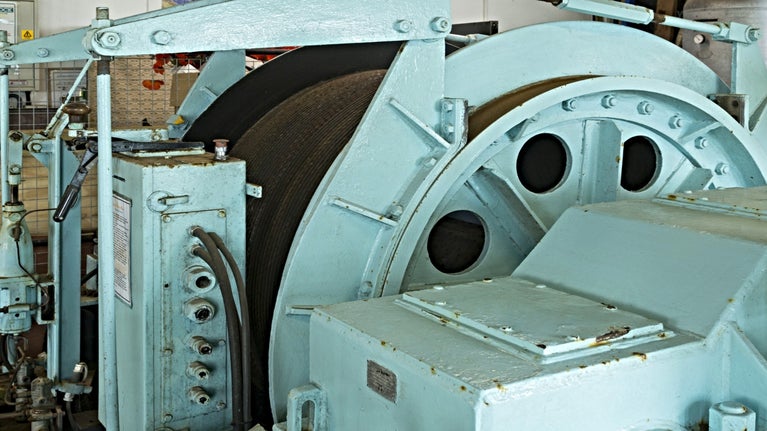
On 20th October 1919, during the Monday afternoon shift change, the link between the man engine’s reciprocating rod and beam broke, causing it to collapse down the shaft. At the time of the failure between 130 and 150 miners were using the man engine.
Miner Robert Penluna recalled how ‘the smash gave a terrible shook to us all, and everybody lost heart and nerve entirely’. Thirty-one miners died and many more were injured. Experienced men were called on from surrounding mines to assist the rescue, working continuously for days to recover all those who had been injured or died. The man engine was never repaired and work in Levant’s deepest levels ceased.
Under the circumstances it is perhaps surprising that Levant was promptly re-opened under the joint control of Oliver Wethered of Geevor and Francis Freathy Oats. The new company started promisingly, but by 1930, the effects of poor returns, national strikes and the Great Depression brought about the closure of Levant. There was no interest in working the mine and its equipment was sold off for £600.
The historic importance of the beam engine was quickly recognised and in 1933, it was proposed to relocate it to the Science Museum before it could be broken up for scrap. Instead, in 1935, the Cornish Engines Preservation Committee (CEPC), secured the engine’s survival in situ. A price of £35 was agreed for the engine, and the engine house was leased. CEPC members began to make the engine house weatherproof and to clean and oil the engine.
The Cornish Engines Preservation Society (successor to the CEPC and forerunner of the Trevithick Society) donated the engine and engine house to the National Trust in 1967. In 1984, a group of Trevithick Society volunteers, known as the ‘Greasy Gang’, formed with the intention of cleaning up the engine so that it could be opened to the public.
Dedicated effort by the volunteers got the engine running on air from a compressor. The National Trust then launched an appeal to restore the engine to steam. In 1992 the engine was reopened to the public and powered by steam for the first time in six decades.
In 1993, the Carron Becander electric winder, which had been scrapped on the closure of neighbouring Geevor mine, was returned to the winder house and restored by Trevithick Society volunteers.
Today, the National Trust continues to work with a dedicated team of volunteers to care for and run the beam engine so that visitors can see, hear and smell the industrial history of Levant mine.
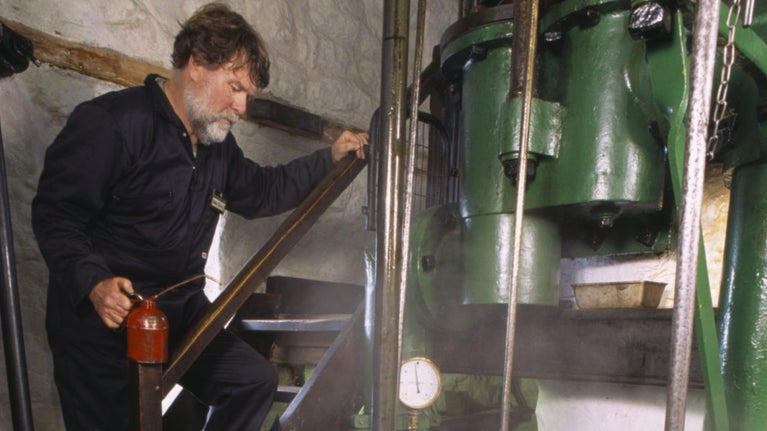
1748
Levant Mine first appeared on Martyn’s Map, as an amalgamation of three other early mines: Zawn Brinney, Boscregan and Wheal Unity. The location is remote but deposits of tin and copper were rich.

Find out when Levant Mine and Beam Engine is open, how to get here, the things to see and do and more.
Discover old mine buildings and a working steam-powered beam engine. See the wider natural landscape and wildlife that lives here.

Find out more about this Cornish tin mine on the Tin Coast near Levant. With parking and facilities it’s a great place to visit in combination with Levant.

Levant Mine and Beam Engine offers a variety of tours throughout the year. Access to Levant is by tour only so booking is advised.
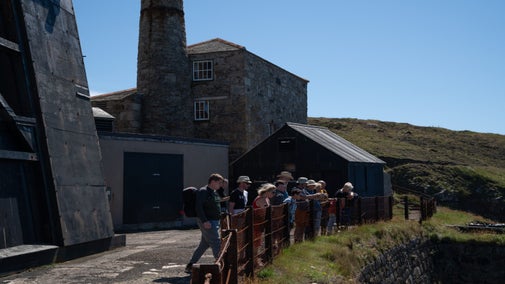
Impressive Cornish beam engines and industrial heritage at the heart of the Cornish Mining World Heritage Site. Open by pre-booked tours.
